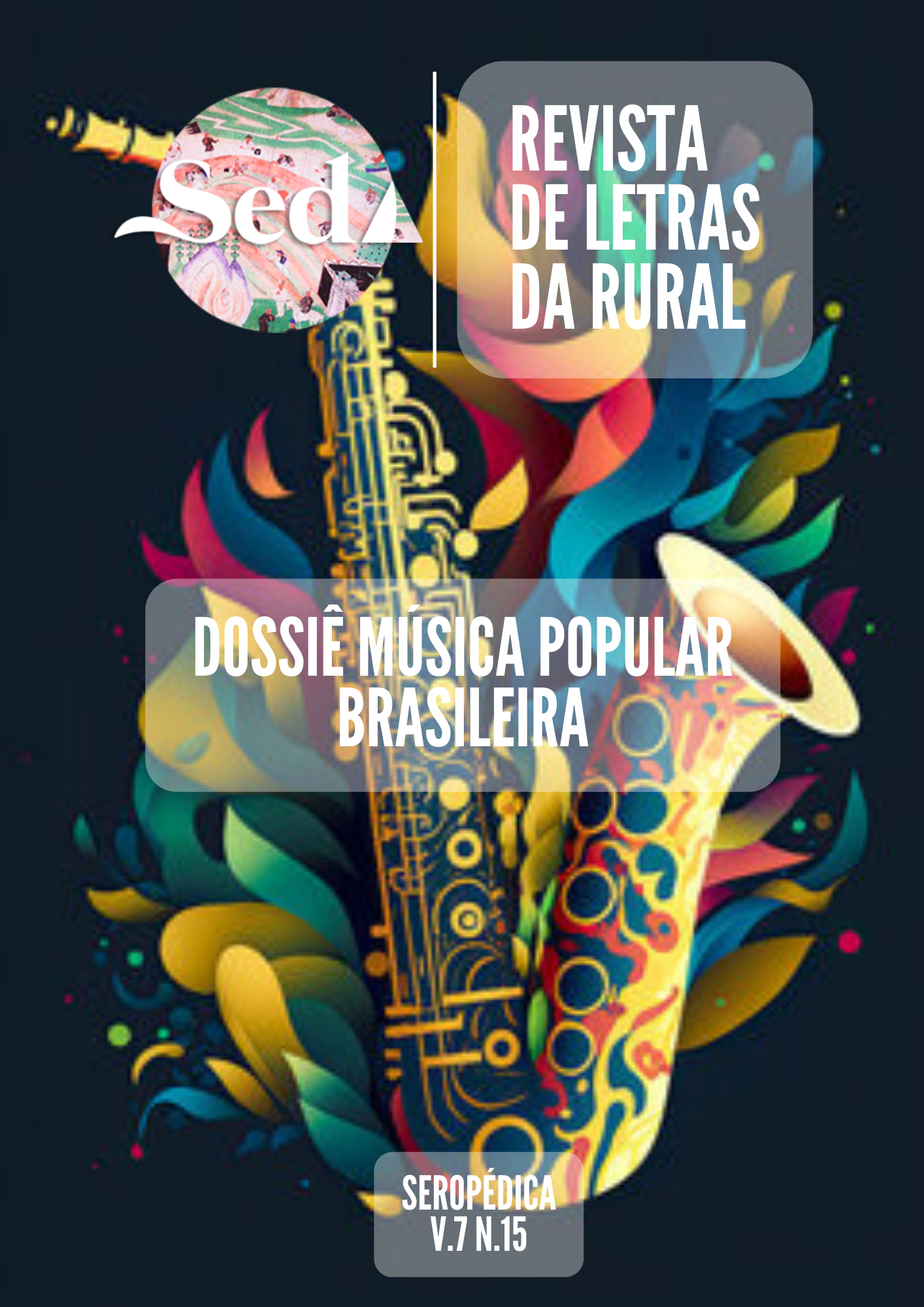The LP and the Record Industry – Between Mediums, Formats, and Cultural Forms
Abstract
This article explores the trajectory of the Long Playing (LP) within the context of the phonographic industry, highlighting three crucial moments in its development: the phonographic boom of 1925-30, the popularization of the LP and the rise of rock'n'roll in the 1950s, and the brief period of increased sales with the Compact Disc (CD) in the 1990s. The first impulse, marked by the expansion of record companies in search of new markets and musical materials, resulted in the emergence of a "global musical space," with the circulation of diverse forms of cultural expression. The second impulse consolidated the phonographic industry, driven by the popularization of the LP, which offered greater recording space and quality, and by the rise of new musical genres, such as rock'n'roll. The third impulse, with the advent of the CD, brought technological innovations but did not significantly alter the cultural form of the phonographic album. In short, the article offers a comprehensive analysis of the LP's trajectory, highlighting its importance in the phonographic industry and in musical culture, from its emergence to the digital age.


